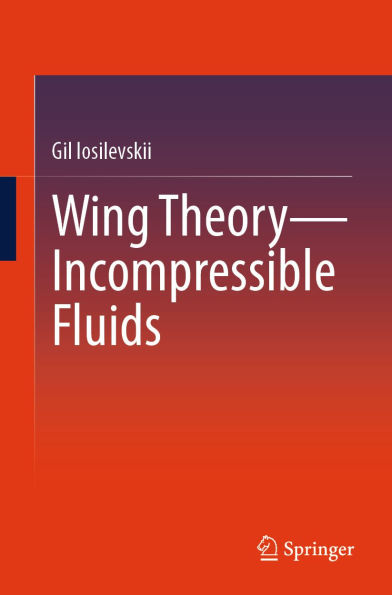A high Reynolds number flow about a lifting wing typically forms a thin boundary layer on its surface, which smoothly merges with a thin vortical wake behind it. An asymptotic theory, based on wing’s thickness, camber, angle of attack and aspect ratio, can turn this simple observation into a fair approximation for the pressure loads acting on a finite wing in generally non-uniform motion. This book unfolds this theory step-by-step, revisiting a few well-known and some less-known results along the way. The fidelity of the approximation is demonstrated in numerous examples. The stress in the book is on mathematical rigor, and all non-trivial steps are scrutinized in numerous appendices. The book can be a basis for a graduate course on theoretical aerodynamics, but can also be a reference for quite a few practical aerodynamic models.
A high Reynolds number flow about a lifting wing typically forms a thin boundary layer on its surface, which smoothly merges with a thin vortical wake behind it. An asymptotic theory, based on wing’s thickness, camber, angle of attack and aspect ratio, can turn this simple observation into a fair approximation for the pressure loads acting on a finite wing in generally non-uniform motion. This book unfolds this theory step-by-step, revisiting a few well-known and some less-known results along the way. The fidelity of the approximation is demonstrated in numerous examples. The stress in the book is on mathematical rigor, and all non-trivial steps are scrutinized in numerous appendices. The book can be a basis for a graduate course on theoretical aerodynamics, but can also be a reference for quite a few practical aerodynamic models.

Wing Theory-Incompressible Fluids

Wing Theory-Incompressible Fluids
Related collections and offers

Product Details
| ISBN-13: | 9783031736254 |
|---|---|
| Publisher: | Springer-Verlag New York, LLC |
| Publication date: | 04/10/2025 |
| Sold by: | Barnes & Noble |
| Format: | eBook |
| File size: | 26 MB |
| Note: | This product may take a few minutes to download. |
